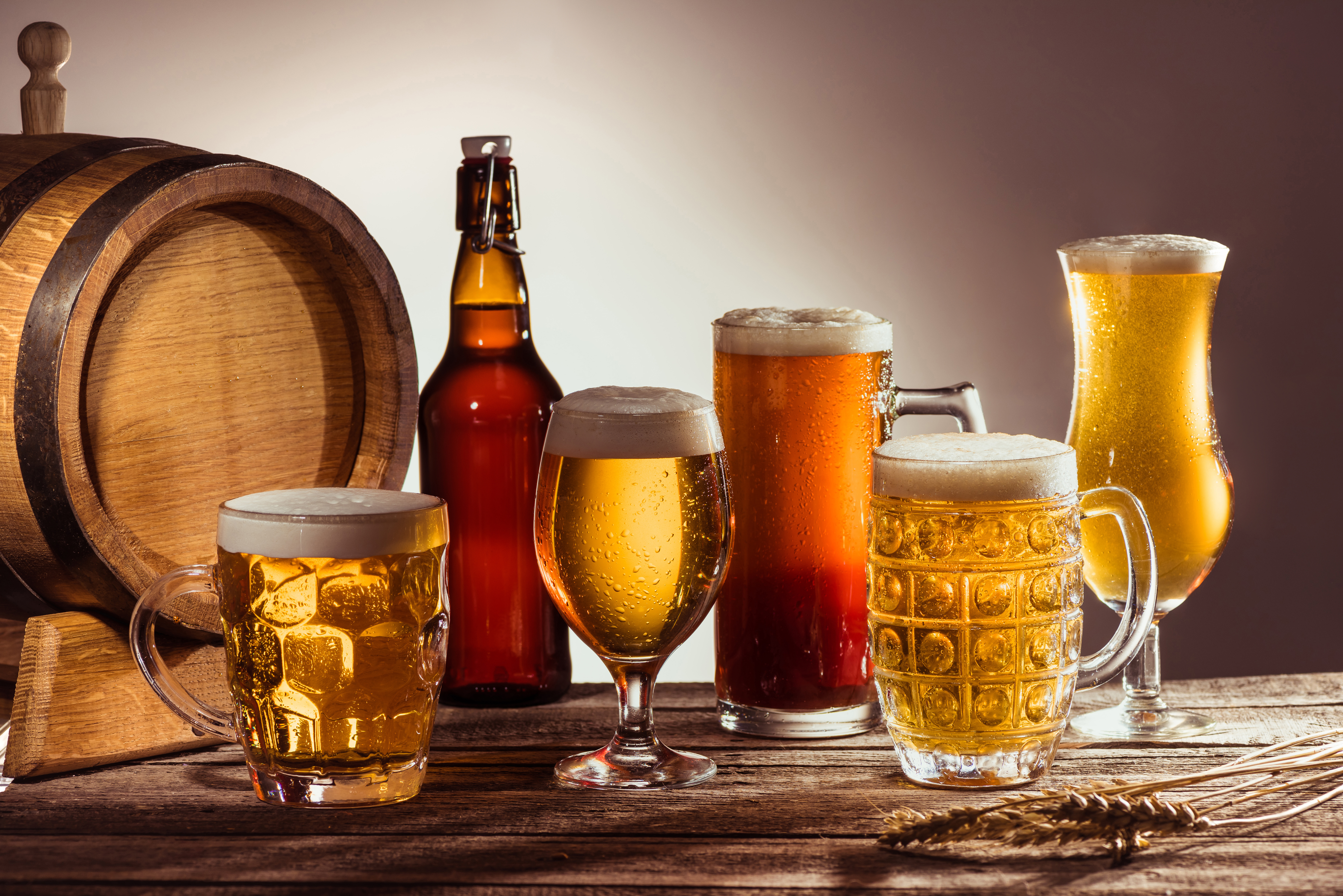
Top 10 Beer Tips from Felix
Felix comes from the most famous beer region in Germany, thus he likes to drink beer sometimes. Right now, he is in Ottawa and surprised how much Canadians like to drink beer, too. In this blog he will introduce you to his personal top 10 beers and some interesting facts about these types of beer and beer in general.
Beer is not only German, although most people associate it with Germany and “Oktoberfest“. There are more than 5000 different kinds of beer, and it’s hard to try them all.
Above all, craft beers are getting more and more popular in Germany and Canada. The individual beer types can be assigned to different beer styles. These differ in the type of brew (top-fermented or bottom-fermented), hop content, bitterness (measured in IBU – International Bitter Units), original gravity, alcohol content and calories.
There is a region in Germany where everything is about beer. Franconia, in the South of Germany, has the highest brewery density. In Bamberg alone, there are over 90 breweries with 50 different kinds of beer. Not far away, in Erlangen, there is the oldest beer festival in the world, founded in 1755. Also not far away, in Kulmbach, you can visit a beer museum where you can learn how to correctly tap beer.
In Germany, it is permitted to drink beer and wine at the age of 16.
But not only Germany is a good place to taste beer. The German Embassy in Ottawa celebrated Canadian breweries with its “Craft Beer Evening”. Big Rig Brewery and Stray Dog Brewery from Otttawa and Niagara College Teaching Brewery from Niagara-on-the-Lake served their craft beer during an amazing tasting experience. Many of the beers were inspired by well-known varieties, but with an interesting touch of new flavours.
Niagara College Big Rig Brewery Stray Dog
In Germany we have a law concerning the brewing process of beer called “Reinheitsgebot” (German purity law). It says that you are only allowed to use hops, malt, yeast and water when brewing beer. The original “Reinheitsgebot” from 1516 didn’t mention yeast, because it couldn’t be produced reliably then.
Der Wirt ist nicht der Beste, der mehr trinkt als die Gäste - An innkeeper who drinks more than his guests isn’t the best. (German saying)
If you are new to beer, here is a short description of the different kinds of beer:
Top-fermented/Ale vs. bottom-fermented/Lager
It is the yeast that makes the difference here. Yeast makes carbon dioxide out of wort. Wort itself is full of sugar, vitamins and proteins. If a beer is an ale, the yeast rises upwards after the fermentation process (top-fermented). The advantage of this method is that you don’t need cooling and the beer is produced quickly.
You call a beer lager, if the yeast is cooled. Cooled yeast sinks to the ground and stays there for the whole process (bottom-fermented).
IBU
In general the higher the IBU-score, the more bitter the beer is. But you have to pay attention, because the sweetness of the malt can deceive the taste, and the method to get the IBU score is close to rocket science (check out Brew Enthusiast or BeerJack).
Now you have some good facts to be a smart aleck – Cheers or Prost!
[soliloquy id=”8941″]